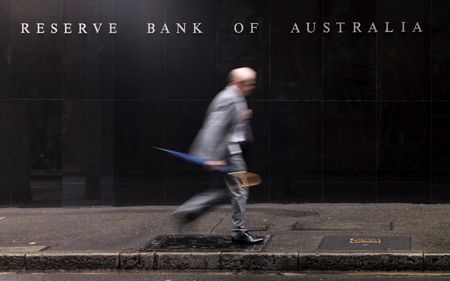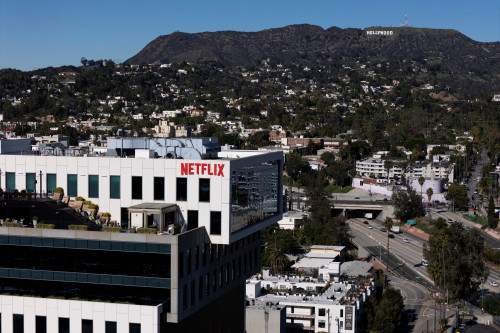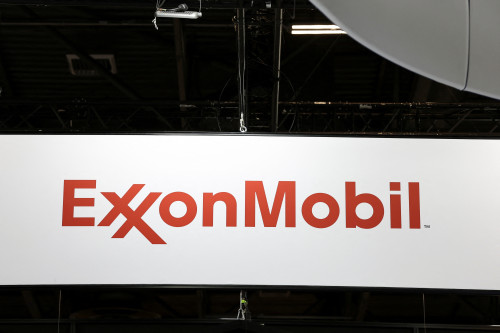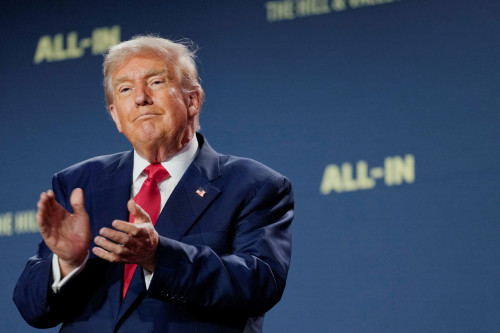By Stella Qiu
SYDNEY (Reuters) -Australia’s central bank on Tuesday held interest rates at 4.1% for a second straight month, saying past increases were working to cool demand, but retained a warning that some more tightening might be needed to curb inflation.
Wrapping up its August policy meeting, the Reserve Bank of Australia (RBA) largely left its economic outlook unchanged from the previous quarter, forecasting headline inflation would return to within its 2-3% target range by late 2025, from the current 6%.
Markets had leaned toward a steady outcome given recent data showed inflation had eased for a second quarter and consumer spending was softening. However, economists were more split on the outcome, with 20 out of 36 polled by Reuters expecting a hike. [AU/INT]
The Australian dollar extended earlier declines to be 0.9% lower at $0.6656, and futures jumped as investors scaled back the probability of a further rise at all, with a move in September seen as a less than a 20% chance.
Swaps now implied a risk of around 13 basis points of tightening by year end.
Outgoing Governor Philip Lowe reiterated that higher interest rates were working to cool demand, and would continue to do so, and the pause this month would again provide time to assess the impact of the a 400 basis point jump in rates.
“The recent data are consistent with inflation returning to the 2–3% target range over the forecast horizon and with output and employment continuing to grow,” said Lowe, adding that further tightening will be dependent on data and the evolving risk assessment.In a relief for policymakers, headline inflation slowed more than expected in the second quarter while retail sales posted their biggest fall this year in June.
With markets suspecting rate hikes might be already done, incoming Governor Michele Bullock, who assumes her role in September, will be in charge of steering a slowing economy and engineering any rate cuts, analysts say.
MIGHT BE DONE
Governor Lowe also removed any reference to a “narrow” path to a soft landing in which inflation eases without unemployment rising dramatically.
Indeed, the economy is already slowing to sub-par levels, with the RBA forecasting growth would ease to 1.75% next year and average a little above 2% in 2025, while the jobless rate would tick up to 4.5% late next year, mostly unchanged from previous estimates.
Commonwealth Bank of Australia, which had forecast a hike to 4.35% on Tuesday, now expects the RBA to be on hold for an extended period of the year.
“While the RBA retains a tightening bias, we expect the hurdle to another rate hike is high. It would take an upside surprise to the economic data from here… for the RBA to shift its assessment of the outlook,” said Belinda Allen, a senior economist at CBA.
However, risk remains that services inflation, including surging rents, stays sticky. The labour market has so far defied expectations for a slowdown while house prices continued to climb in July, a positive wealth effect for consumers.
Both National Australia Bank and Goldman Sachs now see a hike in November, bringing the cash rate to 4.35%, compared with expectations for two hikes before.
“I am a bit surprised about the RBA’s over-relaxed tone with the backdrop that Australia’s inflation rate today is now on the top tier of the developed economies,” Hebe Chen, markets analyst at IG, told Reuters Global Markets Forum.
“If the labour markets turn out more resilient than expected, the chance for RBA to extend the tightening to 2025 is also a possibility that can’t be ruled out.”
(Reporting by Stella Qiu and Wayne Cole. Additional reporting by Anisha Sircar. Editing by Sam Holmes)





